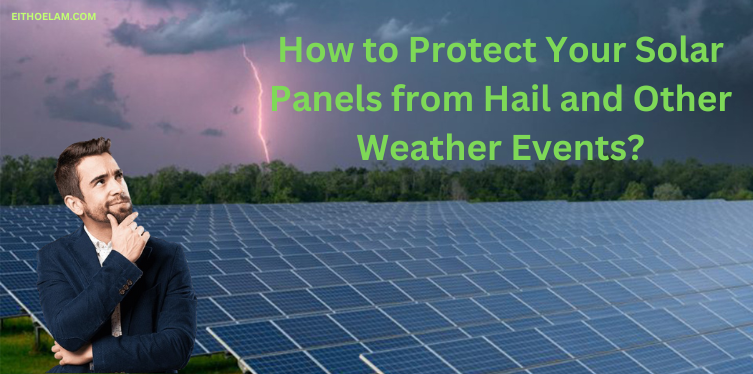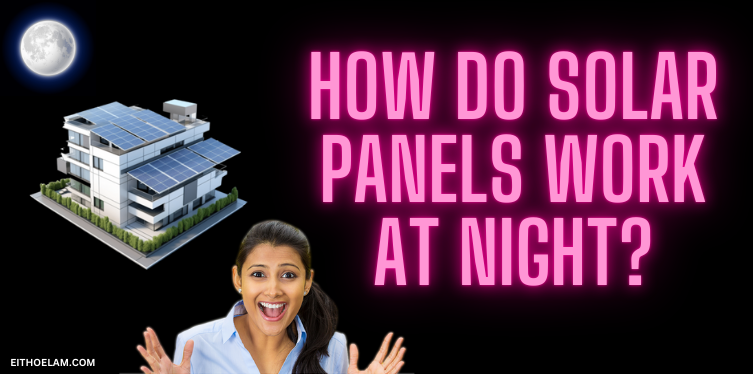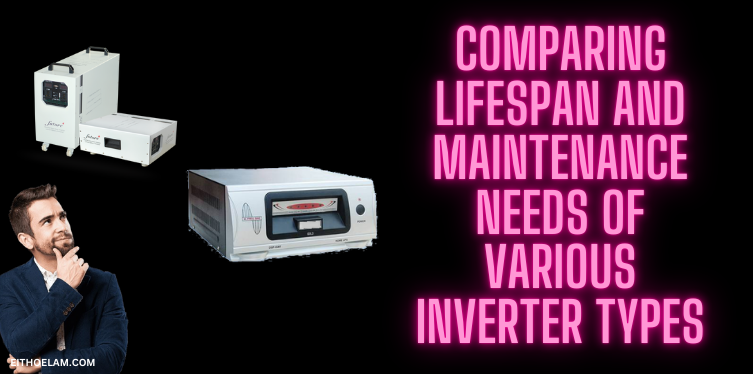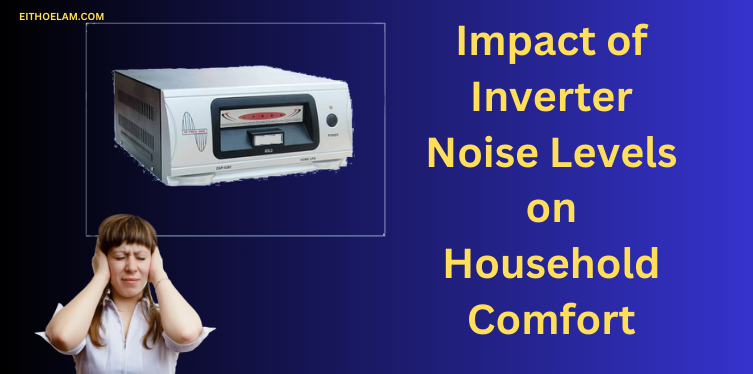Introduction
Today, solar panels are becoming very important in peoples lives since they contribute to the eco-friendly way through which people can meet their electricity needs. However, natural events, especially hail, can damage solar panels. Thus, understanding the ways through which solar panels can be kept safe for a long time is indispensable.
Causes of Solar Panel Damage
The impact of a natural disaster on solar panels is pretty destructive. Heavy rainfall, hail, lightning, and strong winds are but a few of the factors that can cause damage to the glass layer of these panels.
Here are some main causes of damage:
1. Hail: Hail The greatest threat to the panels is hail. It can directly hit the glass coating and break the glass.
2. Torrential Rain and Flooding: When the rainwater accumulation reaches below the installation, the inner circuitry of the panel gets damaged.
3. Snowfall: Heavy snow can exert much pressure on the panels and deform its structure.
4. Strong Winds: Storm winds can displace panels, and if not anchored properly, they can even blow them away.
Methods of Protecting Solar Panels from Hail
1. Select Permanent Solar Panels
Solar panels will not shatter during hailstorms if strong, hail-resistant panels are installed. The majority of the modern solar panel regimes are highly durable and can oppose hail impacts. Choose panels that have undergone hail resistance testing.
2. Proper Installation Angle
Installation Angle: This is the right angle for the installation of the panels. Panels should not face the hail impact directly. According to experts, 30-40 degrees would offer the best protection during a hail storm.
3. Use Solar Panel Protection Covers
They might even protect it from hailstones through special covers. The covers will usually make them polycarbonate or acrylic, a shock impact-absorbing material.
4. Automatic Shutter System
An automatic shutter system may cover the panels just before a hailstorm strikes. In fact, these shutters automatically descend over the solar panels to protect them from impact.
5. Maintenance Regularly
Regular maintenance is essential to maintaining the stability of solar panels. This includes checking the panel structure and glass for cracks or such problems regularly.
Protecting Solar Panels from Other Weather Events
Protection from Rain and Flooding
Choose an installation site where water accumulation due to rain is unlikely. Ensure proper drainage under the panels in case of flooding.
Protection from Snow
In areas where snow falls, panels are set sloping to let snow slide off easily. And also, plan for frequent removal of snow from panels.
Protection from Wind and Storms
Panels with a sturdier frame can also be installed to resist fierce winds and can even be bolted or anchored.
Additional Information on Panel Durability and Material
The quality of materials determines their durability as well. Most modern solar panels actually have high-quality tempered glasses, which are highly resistant to impacts. Generally, two types exist for these glasses:
- Tempered Glass: It is designed to resist hailstorm cracking and withstand extremely high and low temperatures.
- Plexiglass or Polycarbonate Covering: Another option for cover is a Plexiglass or polycarbonate cover that gives security above the panel. Light and solid plexiglass protection from hail is useful also for the protection of the panel.
Insurance for Solar Panel Protection
Getting solar panels insured is the right thing to do. In case natural damages destroy your solar panels, your insurance will replace them. Of course, the majority of the insurance covers solar panels, but always read the terms.
Benefits of Insurance:
- Damage compensation due to hail, storms, snow, and other natural calamities.
- Protection of installation costs.
- Change panels, in case these major damages are sustained.
Using Smart Monitoring Systems
Due to its continuous development, smart monitoring systems can be applied to protect solar panels; these systems monitor panel performance and alert users in case any problems arise.
Functions of Monitoring Systems:
- Speedily Identifying any problems.
- Finding more stress on the panels as well as facilitating fast solutions.
- Sending alerts if water or snow accumulates, enabling quick action.
Alarm Systems
Another installation of an alarm is beneficial on the basis of a weather forecast. Such alarm would alert you about major storms or hailstorms well before time, and through those warnings, you’d prepare to protect your photovoltaic panels. Using the alarms, you even use automatic shutters and covers.
Installation Height and Location
The protective feature relies on how well installed they are; one should install the panels on a roof or any available platform with good draining such that the chances of accumulated water or snow is negligible.
Advantages of Installation Height:
- Less prospects of collecting water during floods periods.
- More easily slides off with snow.
- Much less damage from hail.
Weather-Specific Protection Measures
The various natural events differ in different areas and occur frequently. Update protective measures of solar panels according to local weather conditions:
- Hail-prone Areas: Use hail-resistant panels and protective covers.
- Snow-prone Areas: Ensure the angle and structure allow snow to slide off easily.
- Rain-prone Areas: Ensure a waterproof installation with a proper drainage system under the panels.
Routine Maintenance
It’s important to maintain the solar panels at the end of every season or after a big event in nature. One would have to clean dust, snow, hail, and debris from the surface of the panels.
Benefits of Maintenance:
- Increases efficiency.
- Extends panel life.
- Provides early warning of damage.
Also Read: How Are Solar Panels Being Used to Power Internet Connectivity in Remote Areas?
Tips for Extending Solar Panel Lifespan
Besides the protection against natural events, some of the strategies to prolong the life of solar panels include:
- Select High-quality Panels: Use durable, high-quality panels.
- Keep Panels Shaded-free: Avoid large trees or buildings casting shadows on panels.
- Proper Installation: Have panels installed by experienced installers.
- Adjust Panel Positioning: Adjust panel angles based on seasonal weather changes if necessary.
Conclusion
They make an integral part of our lives, being an environment-friendly source of electricity. However, natural events such as hail, storms, snow, and other weather events are a threat to their durability. Solar panels can be kept safe by means of the methods provided in the article, and thus their effectiveness can be preserved for a long period.
Damage from natural disasters can be prevented with the support of durable panels, correct installation, coverings, and regular cleaning. Furthermore, the right insurance coverage can also prevent loss from happening in cash due to damage. With these planned protective measures in place, you can extend the life of your solar panels through an uninterrupted supply of electricity. With proper care and protection, your solar panels will withstand natural challenges for decades, keeping strong and healthy.
FAQ’s
1. How does hail impact solar panels?
Hail can directly strike the glass layer, increasing the risk of breakage. Severe hail can also damage the internal circuitry of panels.
2. Can solar panels protect themselves during a hailstorm?
If the panels are durable and hail-resistant, they can withstand minor impacts. However, it’s wise to cover them during severe hailstorms for added protection.
3. Will using a cover affect the panel’s performance?
Occasional use of a cover will not affect panel performance. However, covers should only be used during hailstorms or extreme weather conditions.
4. What type of solar panel is best for hail-prone areas?
Tempered glass or hail-tested panels are the best choices as they are designed to withstand hail impact.
5. How can I protect solar panels from wind damage?
Properly anchored panels with strong frames are less likely to suffer wind damage.
6. How can I keep my panels safe during a storm?
If your panels are correctly installed, they’ll be secure against most storms. However, during severe storms, protective shutters or covers can help.
7. How effective is an automatic shutter system during a hailstorm?
An automatic shutter system is highly effective, descending over the panels before hail begins. However, these systems are typically expensive.
8. What’s the most essential type of maintenance for solar panels?
Regularly cleaning panels, inspecting frames for cracks, and quickly addressing any issues after natural events are crucial for effective maintenance.
9. How long do solar panels typically last?
A high-quality solar panel generally lasts 20-25 years. Regular maintenance and proper protection can extend this lifespan.
Disclaimer: This research utilizes artificial intelligence (AI) to gather insights and support analysis on the topic.










Leave a Comment